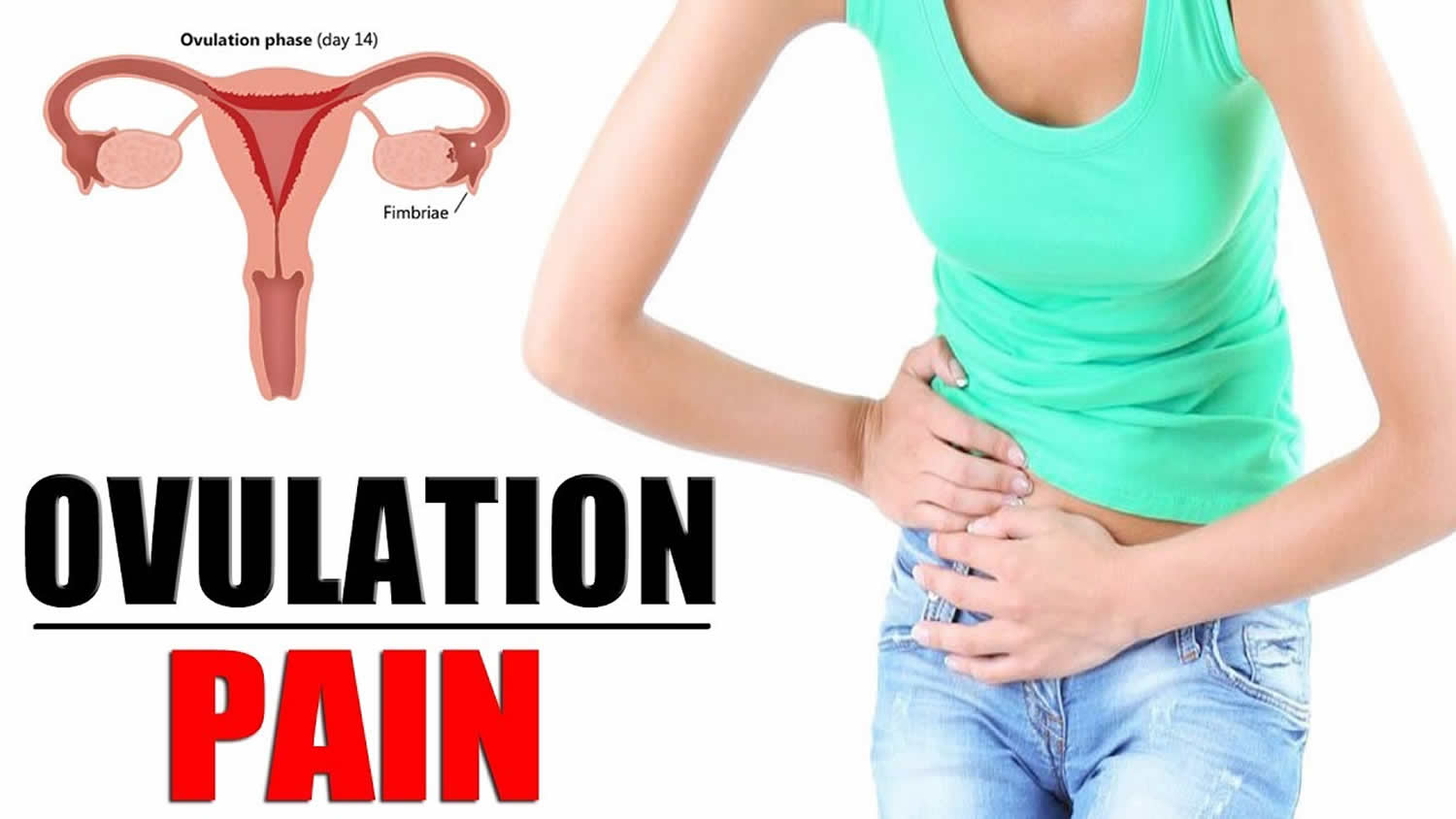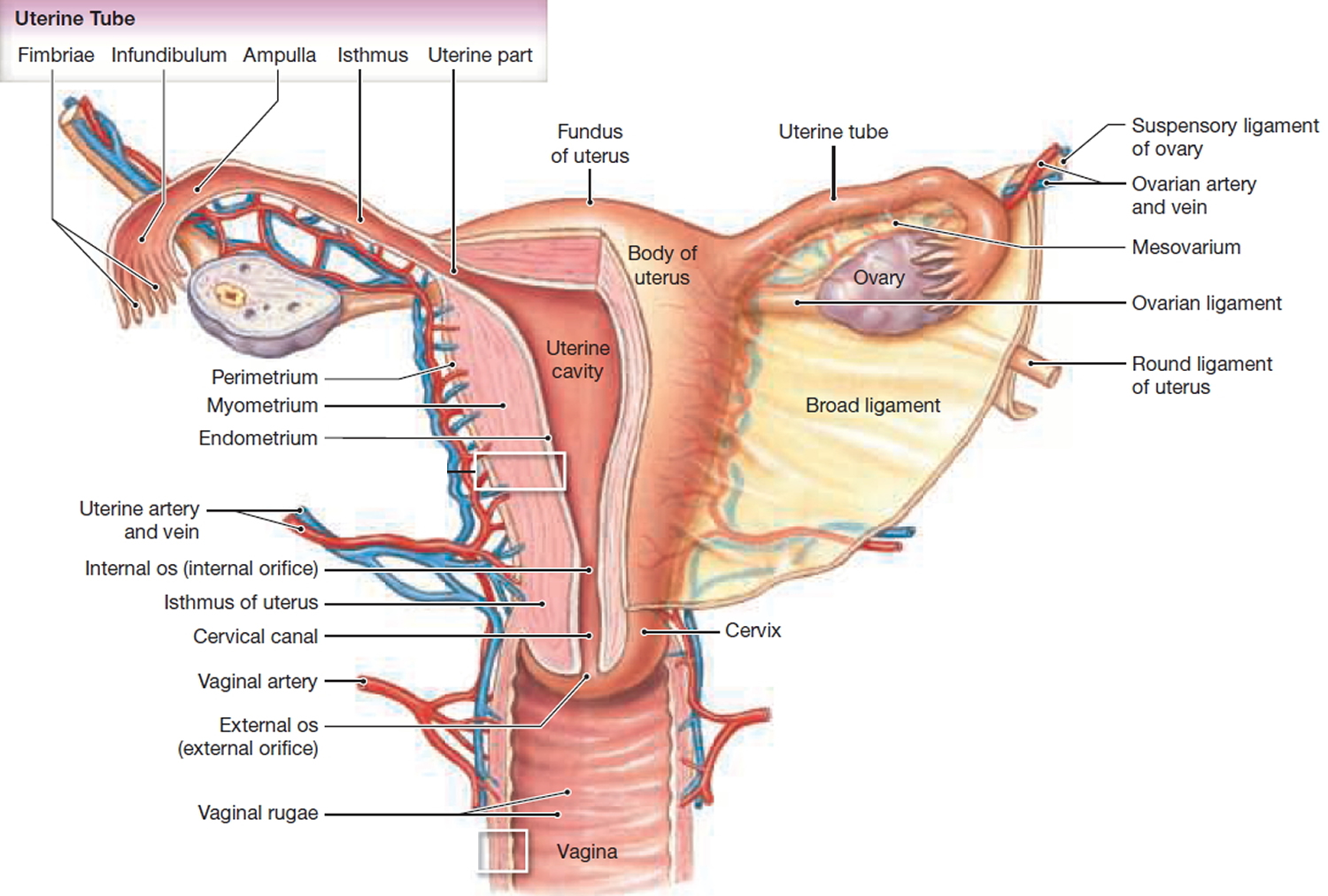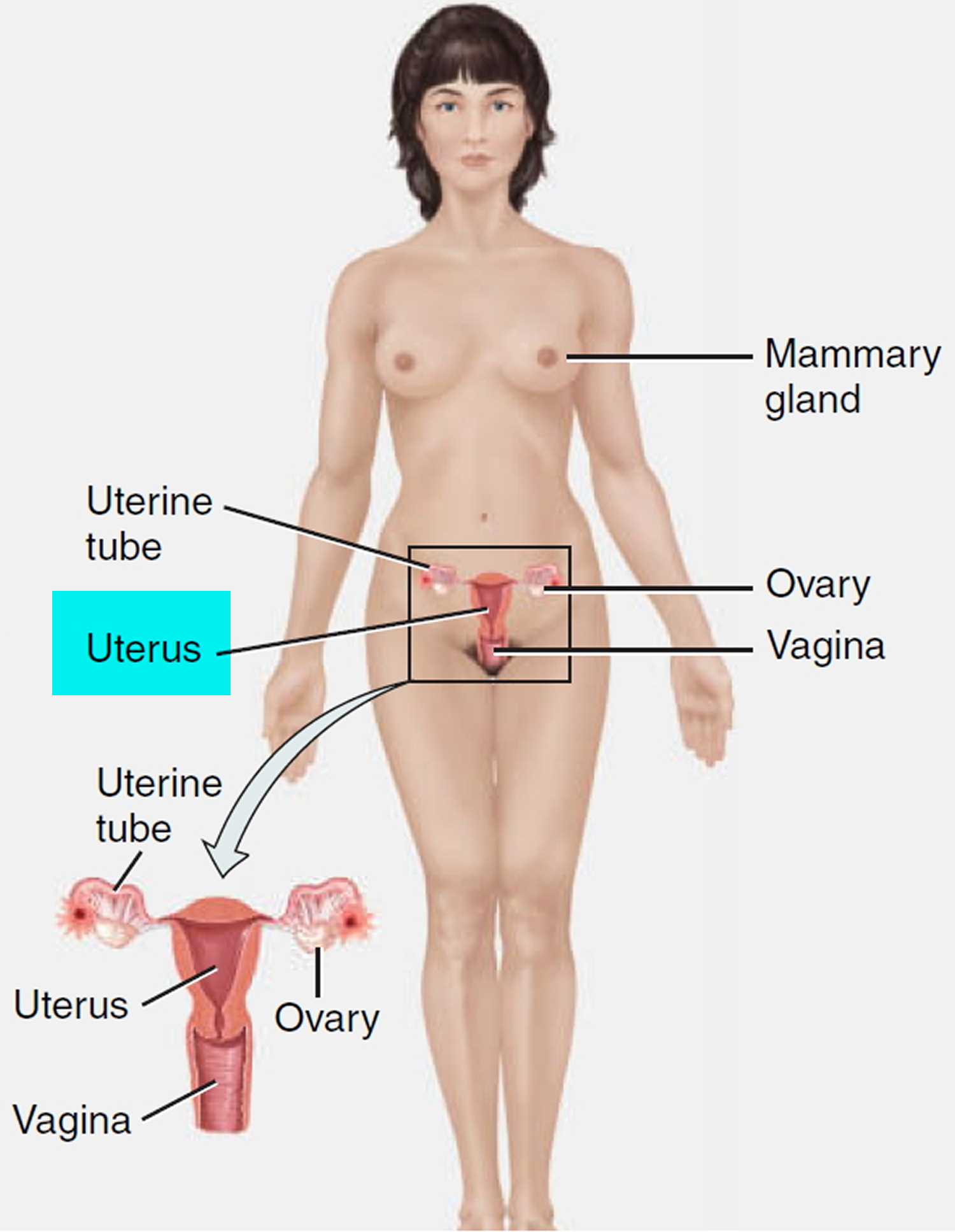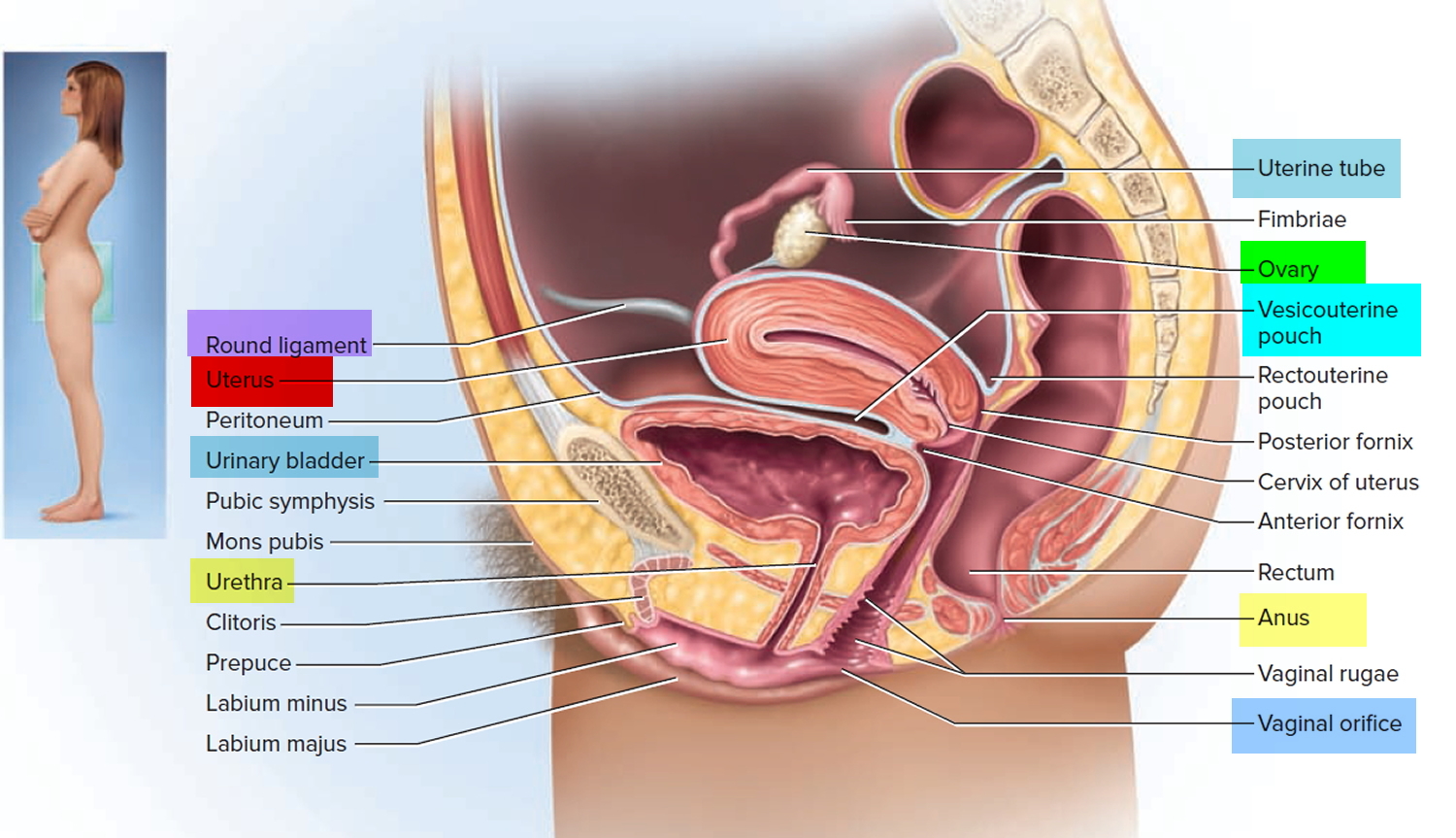Contents
What is mittelschmerz
Ovulation pain also known as mittelschmerz (German word for “middle pain” or “pain in the middle of the month”) is one-sided, lower abdominal pain that affects some women. Ovulation pain (mittelschmerz pain) occurs at or around the time of an egg is released from the ovaries (ovulation). Ovulation pain happens about 14 days before your period, when an ovary releases an egg as part of the menstrual cycle.
Ovulation pain is often normal and just another side effect linked with menstruation.
- Ovulation pain can be a dull cramp or a sharp and sudden twinge.
- Ovulation pain is usually on either the left- or right-hand side of your abdomen depending on which ovary is releasing the egg.
- Ovulation pain can last just a few minutes or continue for a day or two. Some women notice a little vaginal bleeding when it happens.
One in five women have pain around the time of ovulation. The pain may occur just before, during, or after ovulation.
This pain can be explained in several ways. Just before the ovulation, the growth of the follicle where the egg develops may stretch the surface of the ovary. This can cause pain. At the time of ovulation, fluid or blood is released from the ruptured egg follicle. This may irritate lining of the abdomen.
In most cases, mittelschmerz doesn’t require medical attention. For minor mittelschmerz discomfort, over-the-counter pain relievers and home remedies are often effective. If your mittelschmerz pain is troublesome, your doctor may prescribe an oral contraceptive to stop ovulation and prevent midcycle pain.
If your pain is severe or you’re worried, see your doctor.
It’s a good idea to keep a diary before your visit so you can let the doctor know exactly when during your menstrual cycle the pain comes on and how long it lasts.
Figure 1. Uterus anatomy
Figure 2. Uterus location in the female pelvis
Figure 3. Uterus location
Is ovulation pain anything to worry about?
Painful ovulation is fairly common and usually harmless. But it can sometimes be a symptom of an underlying medical condition.
Some of the underlying causes can result in fertility problems that can prevent you getting pregnant:
- Endometriosis – an inflammatory disease that affects the ovaries and fallopian tubes that can also cause pain during ovulation
- Scar tissue – if you’ve had surgery (for example, a Caesarean section or your appendix out), scar tissue can cause ovulation pain by restricting the ovaries and surrounding structures
- Sexually transmitted infections (STIs) – Sexually transmitted infections (STIs) like chlamydia can cause inflammation and scarring around the fallopian tubes, leading to ovulation pain.
Why is ovulation painful?
Nobody is sure, but one theory is that the pain is the egg breaking through the ovary wall, which releases a small amount of fluid (or sometimes a small amount of blood) that irritates nearby nerves.
Some woman have mittelschmerz every month; others have it only occasionally.
While exact cause of mittelschmerz is unknown, possible reasons for the pain include these:
- Just before an egg is released with ovulation, follicle growth stretches the surface of your ovary, causing pain.
- Blood or fluid released from the ruptured follicle irritates the lining of your abdomen (peritoneum), leading to pain.
Pain at any other point in your menstrual cycle isn’t mittelschmerz. It may be normal menstrual cramping (dysmenorrhea) if it occurs during your period, or it may be from other abdominal or pelvic problems. If you have severe pain, see your doctor.
Ovulation pain outlook (prognosis)
Mittelschmerz can be painful, but it is not harmful. It is not a sign of disease. It may help women to be aware of the time in the menstrual cycle when the egg is released. It is important for you to discuss any pain you are having with your health care provider. There are other conditions that can cause similar pain that are much more serious and require treatment.
Mittelschmerz possible complications
Most of the time, there are no complications.
Mittelschmerz symptoms
Mittelschmerz pain occurs on the side of the ovary that’s releasing an egg (ovulating). Mittelschmerz may be felt on one side of the body during one month and then switch to the other side during the next month. It may also occur on the same side for many months in a row.
Mittelschmerz pain usually lasts a few minutes to a few hours, but it may continue for as long as a day or two.
Keep track of your menstrual cycle for several months and note when you feel lower abdominal pain. If it occurs midcycle and goes away without treatment, it’s most likely mittelschmerz.
Symptoms include lower-abdominal pain that:
- Occurs only on one side.
- Goes on for minutes to a few hours. It can last up to 24 to 48 hours.
- Feels like a sharp, cramping pain unlike other pain.
- Severe (rare).
- May switch sides from month to month.
- Begins midway through the menstrual cycle.
Ovulation pain diagnosis
A pelvic exam shows no problems. Other tests (such as an abdominal ultrasound or transvaginal pelvic ultrasound) may be done to look for other causes of ovarian or pelvic pain. These tests may be done if the pain is ongoing.
Ovulation pain treatment
Painful ovulation can usually be eased by simple remedies like soaking in a hot bath (sitz bath) or taking an over-the-counter painkiller, such as paracetamol (acetaminophen). Heat increases blood flow, relaxes tense muscles and eases cramping.
Non-steroidal anti-inflammatory drugs (NSAIDs) like ibuprofen may also help, but you shouldn’t take them if you’re trying to get pregnant as they can interfere with ovulation.
If you’re in a lot of discomfort, see your doctor about other treatment options.
Birth control methods that stop ovulation, such as the combined contraceptive pill or contraceptive implant, can completely banish ovulation pain.








